The doubles series asks a mid career artist to invite another artist, with whom they have some form of educational or artistic relationship, to make an exhibition with them. In this ninth instalment of the series Jenny West has invited Ian Jackson to exhibit with her.
Jenny and Ian met in 2009 when Ian was a student of hers. They continue to share a way of working which is precise and determinedly systematic. Ian is currently teaching alongside Jenny on the same course on which they met.
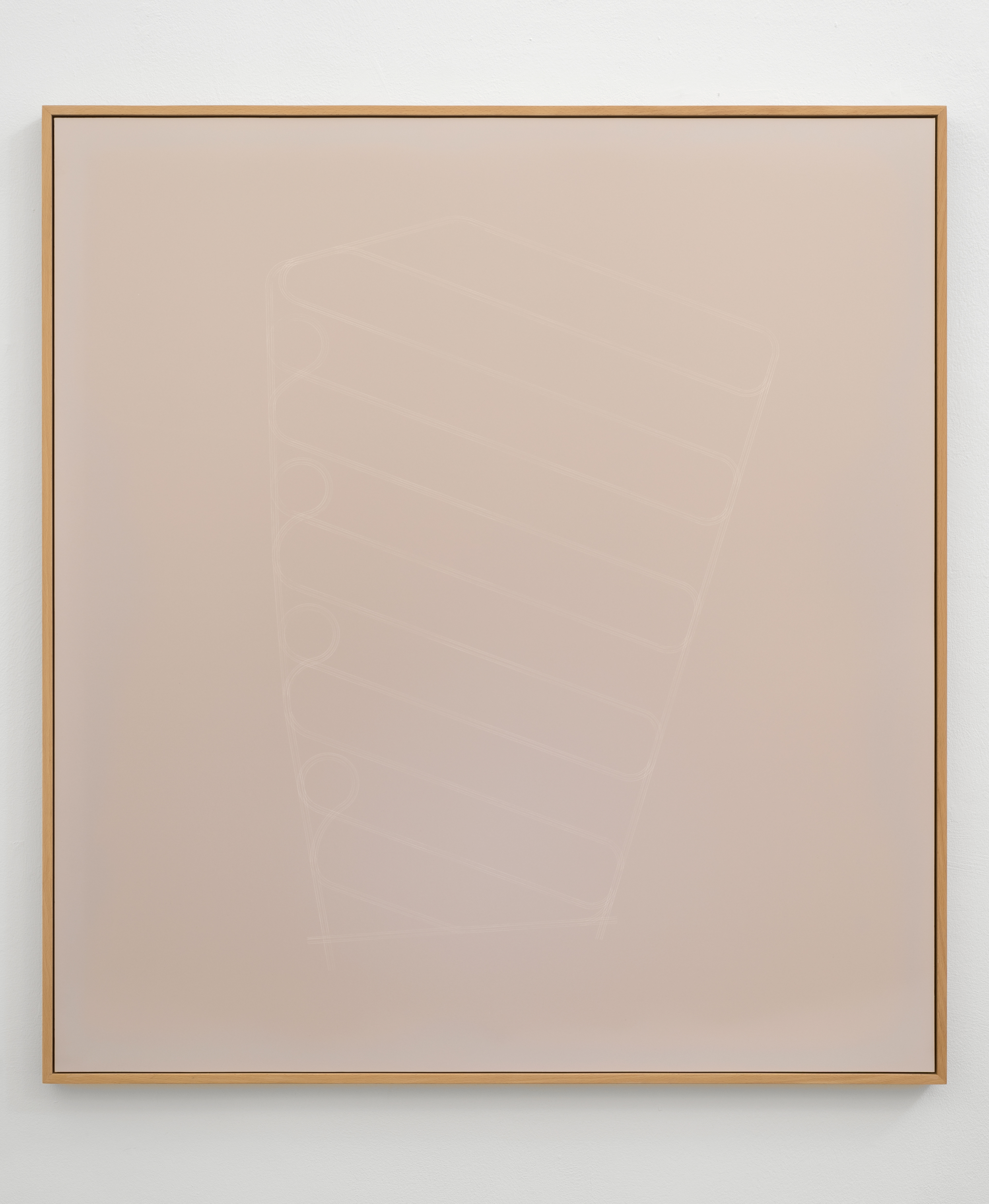
Farmer’s Tan, Ian Jackson, 2014–17, Ilford MGIV RC pearl photo paper mounted on 1.5mm sheet aluminium with custom beech wood tray frame, 108.5 × 100.5cm (unframed)
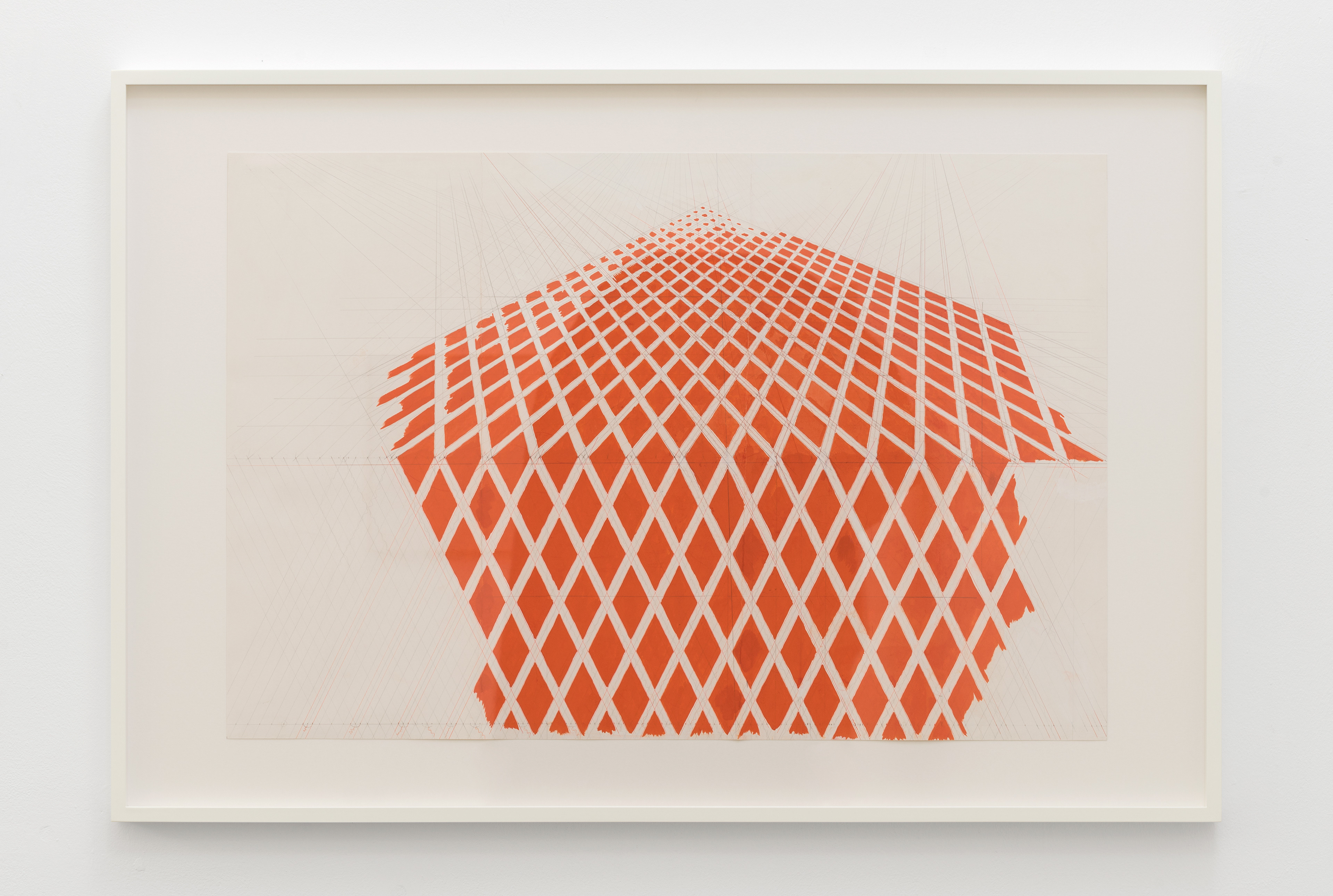
Preparatory drawing for Cover No.177 / No.20, Jenny West, 2016–17, pencil, gouache and watercolour on paper, 62 × 93cm (unframed)
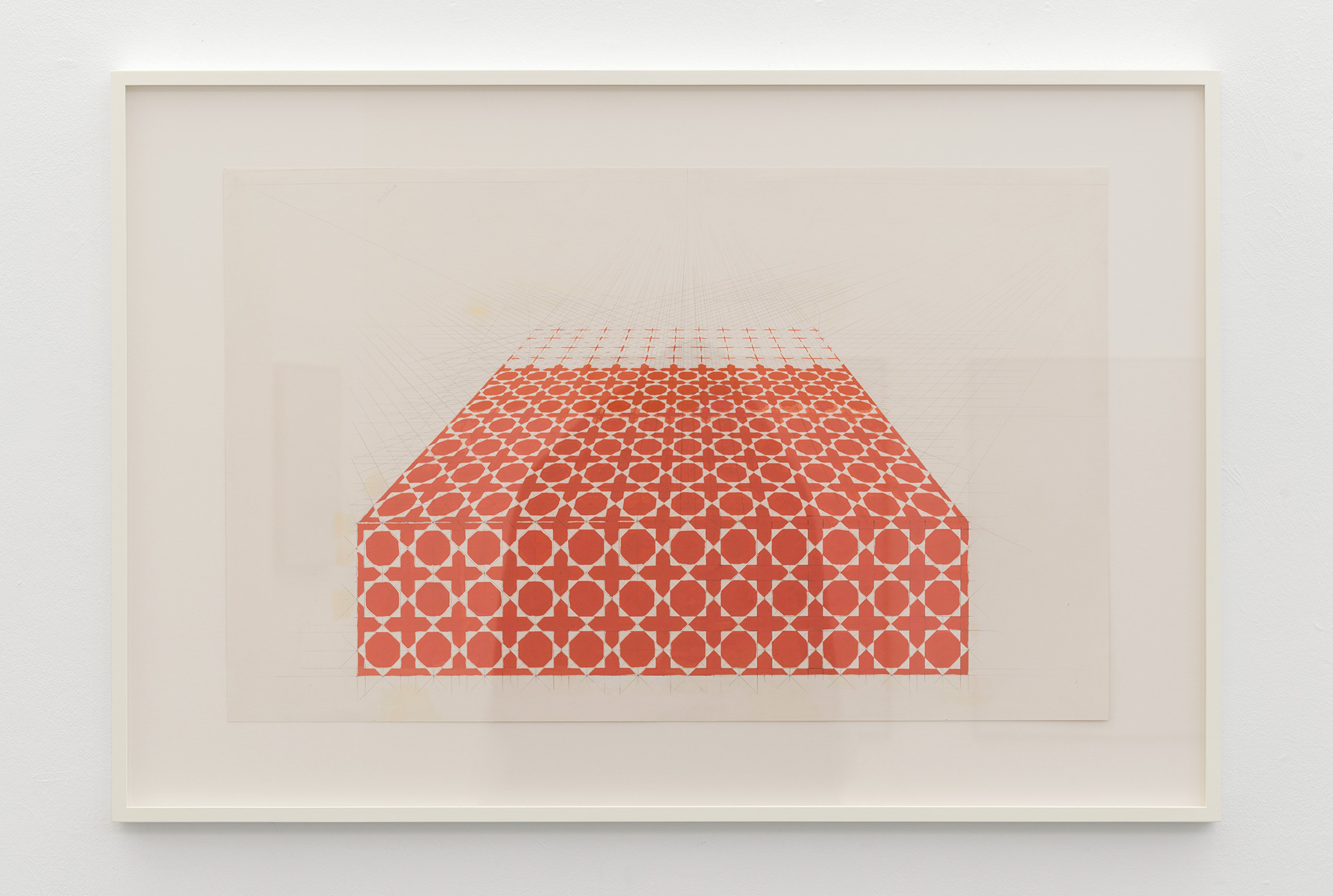
Preparatory drawing for Cover No.180 / No.50, Jenny West, 2016–17, pencil, gouache and watercolour on paper, 62 × 93cm (unframed)
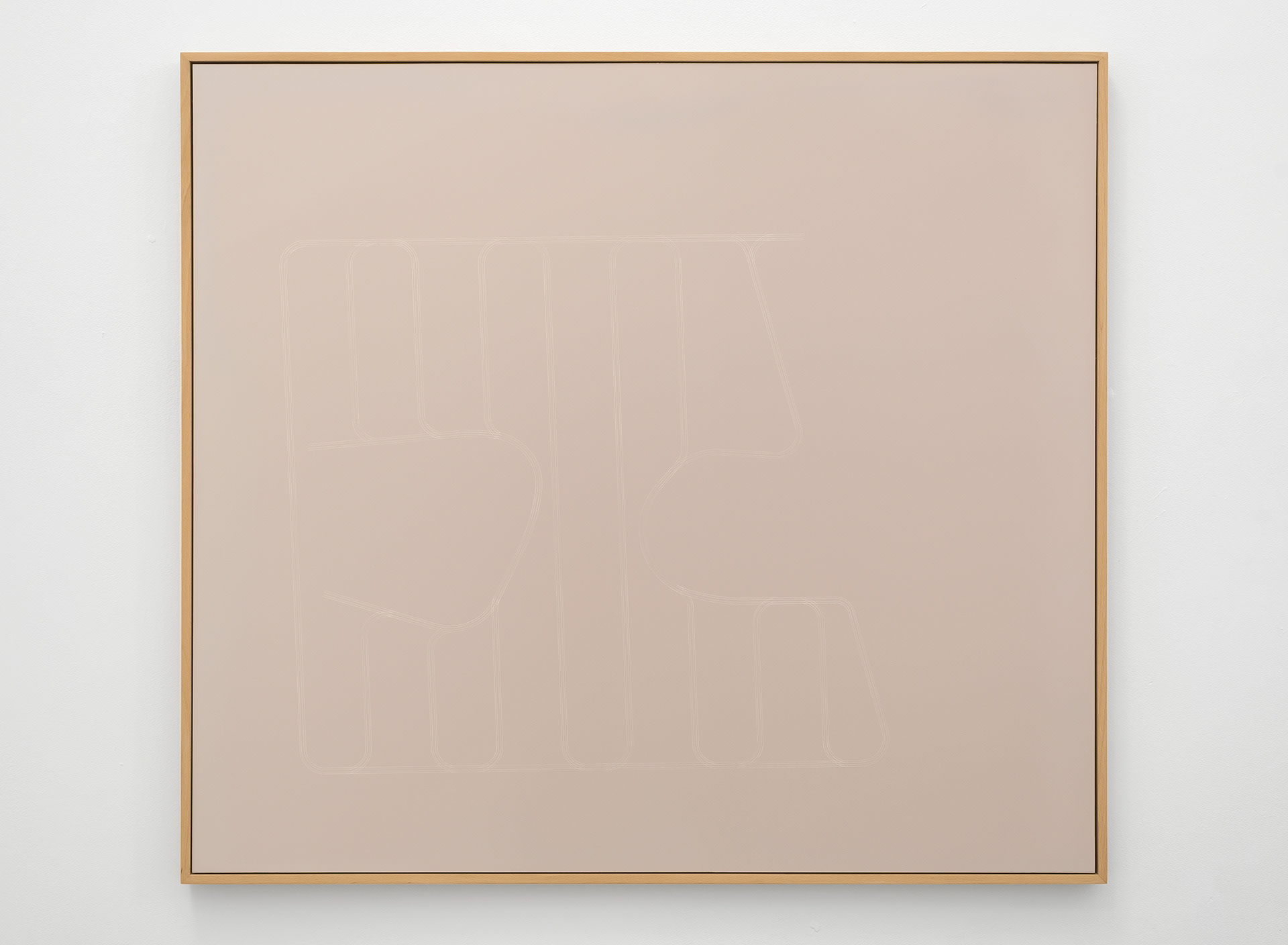
Farmer’s Tan, Ian Jackson, 2014–17, Ilford MGIV RC pearl photo paper mounted on 1.5mm sheet aluminium with custom beech wood tray frame, 94.5 × 105cm (unframed)

Cover No.182 / No.31, Jenny West, 2016–17, Frieze magazines, plastic adhesive, 30 × 42.5 × 6.5cm

Farmer’s Tan, Ian Jackson, 2014–17, Ilford MGIV RC pearl photo paper mounted on 1.5mm sheet aluminium with custom beech wood tray frame, 63.5 × 57.5cm (unframed)
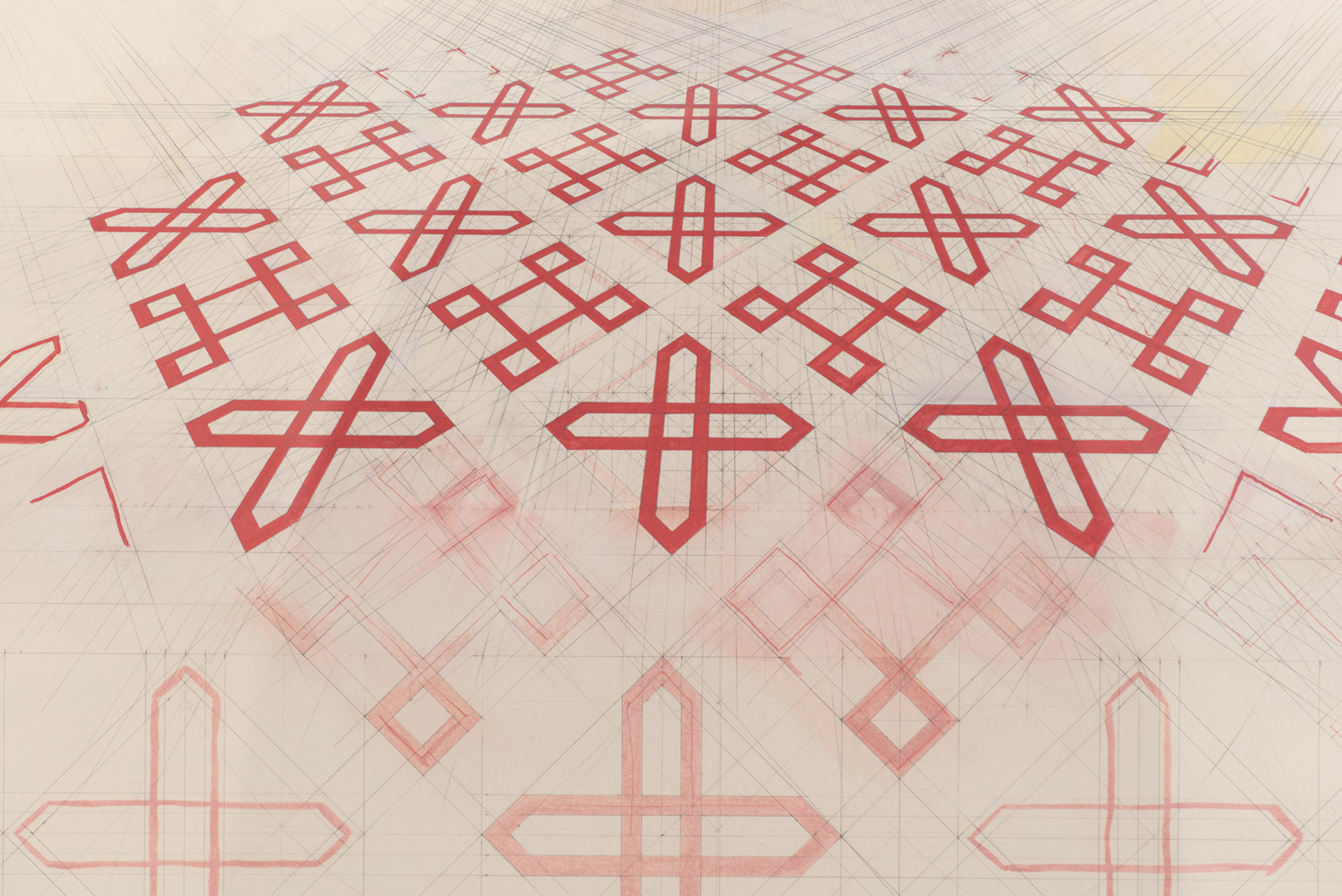
Preparatory drawing for Cover No. 181 / No.39, Jenny West, 2016–17, pencil, gouache and watercolour on paper, 62 × 93cm (unframed)
Jenny West
Covers is a series of 10 works made by combining the front and back covers of two Frieze magazines (ten 2016 editions of the magazine are inlaid with early magazine covers from the past catalogue). Perspective drawings, derived from sections of the textiles and architecture found within Giotto’s frescoes at Assissi, are wrapped around the combined covers to form a template. The drawn pattern is cut with a scalpel and the fragments of the covers are interchanged and inlaid according to the appropriated pattern.
West produces drawings both for and as sculpture. She constructs perspective structures that are placed in architectural spaces, and also comparable structures in the more conventional form of works on paper. Her work exploits the immediacy and responsive nature of drawing presenting its process as the resolution itself. Through precise and methodical processes she painstakingly builds drawings concerned with pattern, geometry and the spatial.
Covers is a series of 10 works made by combining the front and back covers of two Frieze magazines (ten 2016 editions of the magazine are inlaid with early magazine covers from the past catalogue). Perspective drawings, derived from sections of the textiles and architecture found within Giotto’s frescoes at Assissi, are wrapped around the combined covers to form a template. The drawn pattern is cut with a scalpel and the fragments of the covers are interchanged and inlaid according to the appropriated pattern.
West produces drawings both for and as sculpture. She constructs perspective structures that are placed in architectural spaces, and also comparable structures in the more conventional form of works on paper. Her work exploits the immediacy and responsive nature of drawing presenting its process as the resolution itself. Through precise and methodical processes she painstakingly builds drawings concerned with pattern, geometry and the spatial.
Ian Jackson
Farmer’s Tan is a series of 8 photographic drawings based on field lines, specifically those made by farming machinery navigating around the interiors of fields to harvest crops. This efficient process creates a system determined by the area and shape of the given field, and the width of the harvesting machinery. Farmer’s Tan focuses on the forms created when obstacles within the field stop this efficiency.
Pencil line drawings are turned into one-to-one scale acetate negatives, which impart the delicate field line forms by shielding the photo paper during its exposure to direct sunlight. The photo paper is then fixed to stop further change, leaving a subtle pink/purple hue and a beguiling quality of line.
Jackson draws influence from a wide range of processes such as woodworking, ceramics, botany and photography, each coming with long histories and ideas of the ‘right’ way to do things. To date, much of his work has tried to find room within these well-known processes of production, adopting and manipulating their material and visual vernaculars to say something different.
Farmer’s Tan is a series of 8 photographic drawings based on field lines, specifically those made by farming machinery navigating around the interiors of fields to harvest crops. This efficient process creates a system determined by the area and shape of the given field, and the width of the harvesting machinery. Farmer’s Tan focuses on the forms created when obstacles within the field stop this efficiency.
Pencil line drawings are turned into one-to-one scale acetate negatives, which impart the delicate field line forms by shielding the photo paper during its exposure to direct sunlight. The photo paper is then fixed to stop further change, leaving a subtle pink/purple hue and a beguiling quality of line.
Jackson draws influence from a wide range of processes such as woodworking, ceramics, botany and photography, each coming with long histories and ideas of the ‘right’ way to do things. To date, much of his work has tried to find room within these well-known processes of production, adopting and manipulating their material and visual vernaculars to say something different.
